
2 minute read
THE TAIL END
The truth about reptile rescue and rehoming
By Chris Newman, National Centre for Reptile Welfare
Advertisement
Since opening in August 2018, the National Centre for Reptile Welfare has received 2058 animals and 238 different species into its care. In that time we have rehomed 1661, another 66 have died, 18 euthanised for health reasons, and have still resident approximately 300 in the custody of the Centre, either awaiting a new home, fostered to temporary care, or participating in behavioural research studies with students from the college where the NCRW is based.

It’s been a roller-coaster ride since the Centre opened, peppered with every human emotion you could possibly imagine, from the joy of new owners picking up their longawaited snake, lizard or turtle, to the sadness of those keepers who have had to reluctantly give up their beloved pets due bereavement, ill health or other significant changes in their circumstances.
There has been plenty of enlightenment along the way too, largely because there had been scant few official statistics about reptile rehoming before the Centre started recording data. One of the first things we learned was that most of the animals we receive don’t need rescuing – they simply need a new home.
The vast majority arrive here because something has happened in their owner’s life which means they can no longer care for their pet. This can be because they are moving house to a place which does not allow pets, or because the owner is in such poor health that they cannot physically or mentally cope with the responsibility any longer.
Then there are the parents of students who acquired a pet reptile when they were a child and then, a decade or so later, left for university, leaving mum and dad to look after their pet. In almost every case the animal in question is well cared for and loved. Very few of the animals we receive have been mistreated, leading us to define what we do as more akin to rehoming than rescue.
While we do occasionally receive animals which have been mistreated, these occasions are rare, constituting only 1% of the Centre’s intake. Ironically, the main medical issue we experience is the same as that which affects all types of pet animals – obesity. Keepers can be somewhat too kind to their pets, it seems.
Our aim since the very start has been to document and understand the rehoming issue and, hopefully, recommend policies which would help to reduce the occurrence.
From what we have learned, the reason why most reptiles need rehoming is that they live for such a long time, making it likely that an animal will live to experience some of their owner’s significant life events. And sometimes, those events will mean the owner can no longer care for their pet.
One thing the NCRW’s data has highlighted is that, all things being equal and compared with other animals, the number of reptiles and amphibians requiring rehoming is relatively few. This is probably because the most popular reptile pets require far less hands-on care than a typical pet, such as a cat or a dog, so their needs are easier to cater for long term.
The take-away message from our experience is that reptiles are, on the whole, well cared for and long lived pets. And regardless of how they ended up here in the first place, for the vast majority of our intake, there’s a wonderfully happy ending.
‘Best Aquarium Fish Food’







As voted by readers of Practical Fishkeeping magazine
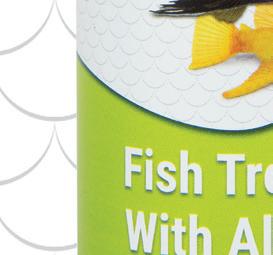
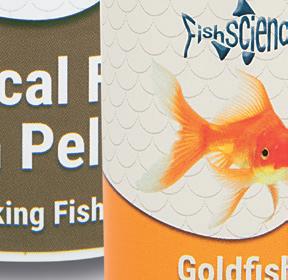


Aquarium Fish Foods with Insect Meal
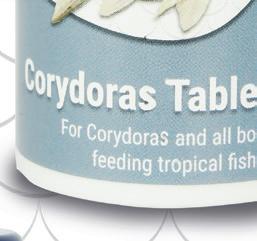
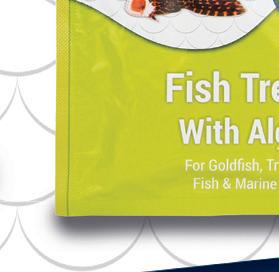

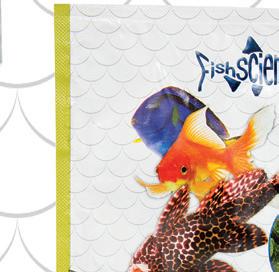
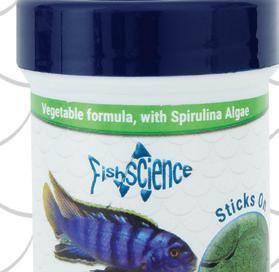
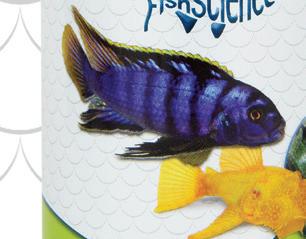


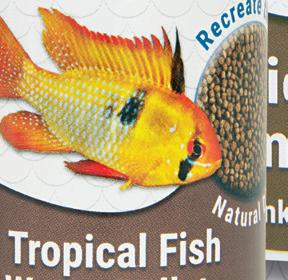

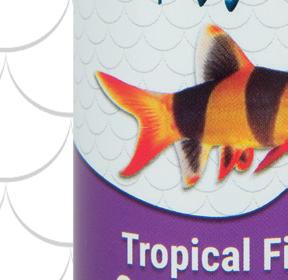
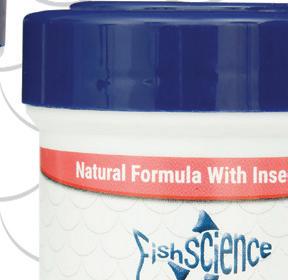
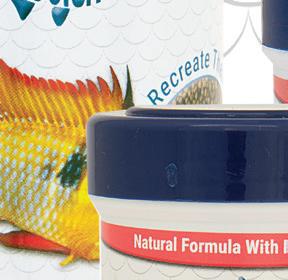

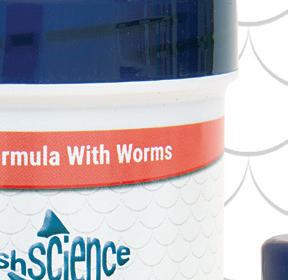
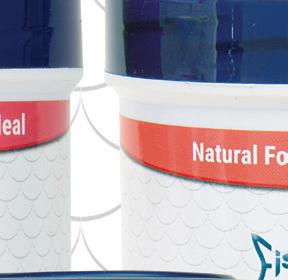



Uses cultured insect meal to recreate the natural insect based diet that most fish eat in the wild.




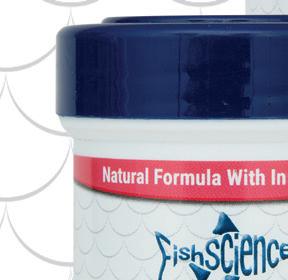
Easily digested and processed by the fish resulting in less waste.






Environmentally friendly and sustainable.











